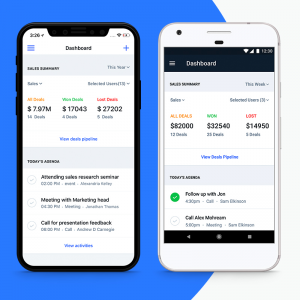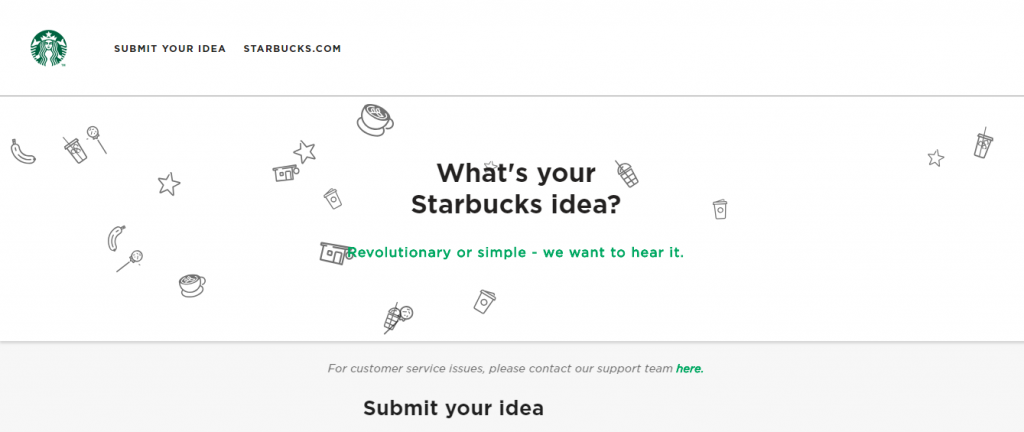
Providing customers with a positive experience is the linchpin upon which successful businesses are built. It’s not just exceptional customer service that matters; it’s more about providing a holistic and quality experience throughout the customer journey.
To better understand the difference between the two, let’s define both concepts. Customer experience can be defined as a person’s internal perspective about the brand. Customer service, on the other hand, is an external factor that shapes that internal perspective.
Today, customers are increasingly informed and demanding. They interact with businesses across multiple channels and touchpoints. They expect brands to wow them at every step of their customer journey. Even the smallest of interactions matter.
According to Dimension Data, 84% of organizations working on improving customer experience reported an increase in revenue. Brands know this, and, as a result, they are shifting their focus to creating better and more unique experiences for their customers.
Yet so many of them fail to get their execution right. But fret not. If you’re looking to ace your customer experience management, these four gems will surely help you win over their hearts.
1. Understand Your Target Audience
Customers give a lot of importance to whether or not a brand understands and adapts to their needs. In fact, 79% of Americans stated that they’re more likely to buy from a brand that demonstrates these qualities.
These numbers speak for themselves of the importance of understanding your target audience. Try to build buyer personas for the different types of customers your teams deal with. If you’re going to understand your audience, you need to be able to connect and empathize with them.
Some factors to consider when building these personas are:
- Demographics: Analyze the demographic breakdown of your customer base. Factor in their ages, genders, ethnicity, locations, etc.
- Psychology: Get an idea of their mindset and preferences when it comes to products.
- Economic: Remember to account for their economic backgrounds, such as profession, industry, and income.
2. Form an Emotional Connection with Them
Being able to form an emotional connection with your customer is the key to delivering the best possible customer experience. A major takeaway from a recent study by the Forrester group suggests the same. Brands should focus on emotional connections to become a leader in customer experience.
Social media is your biggest strength and weakness in this regard. Consumers won’t shy away from leaving you reviews online depending on their experiences. Leaving them with a positive feeling about your business will help you gain brownie points in their circles. Likewise, if you leave them with a bad taste in their mouths, your churn rate will surely rise.
Customers are more likely to become loyal patrons if they have an emotional attachment to your brand. Nobody understands this better than Zappos. They deliver the very best in customer experience, as they so cheekily flaunted with their “True Customer Story” YouTube series. Here’s one:
3. Go Mobile
There are two perspectives to consider when we talk about going mobile as far as customer experience management goes. First, there’s the consumer side of things. Mobile internet traffic accounts for almost half the total number of web page views worldwide.
With mobile apps, businesses have a systematic way to reach out and connect with their target audience. They’re also a resourceful tool in gathering crucial customer information. Leverage mobile to vastly improve the customer experience you’re providing.
Offer them personalized content, connect with them on a deeper level, and collect their feedback. Why? Because 90% of consumers believe that mobile empowers them to make better purchasing decisions. This is as per the previously cited study by the Wunderman Group.
No wonder 2017 witnessed more businesses incorporating mobility into their business solutions and processes. Which brings us to our second perspective—the one involving brands.
Having a CRM solution that has mobile capabilities is the best thing you can do for your sales team. In addition to managing your sales pipeline, tools like Salesmate can make sure your team is no longer tied to their desks.

Image via Salesmate
They can access key customer information on the go, and conduct their business wherever they may be. With crucial client and prospect information at their fingertips, you’ll see a boost in sales, productivity and customer data quality.
4. Capture Real-Time Feedback and Act on It
Like any other marketing tactic, customer experience management requires iterative improvement. And sourcing real-time feedback, and then acting on it in a timely manner, will help you achieve that goal. Remember to take into account both customer and employee feedback to get the full picture.
Take an omni-channel approach to listening to what customers have to say about your brand and products. Don’t restrict yourself to just surveys or a single social media network to get this all-important feedback. You can call your customers, send post-interaction surveys, and post polls on social media.
It’s equally important to collect feedback from your client-facing employees. Take into account their suggestions, and try to improve each step of the customer journey. Seeing as they are usually the point of contact for consumers, no one understands their problems better. Their valuable insights can make all the difference to your strategy.
Obviously, it’s not enough to just source all of this feedback. You need to know how to derive actionable insights from it and then execute them in a timely fashion. Nothing makes consumers feel more special than knowing that a brand values their opinions. Which is why it’s critical that you take timely action on their feedback.

Image via Starbucks
Take a look above at what Starbucks does. They have a dedicated page on their website where they ask customers to send in their suggestions on how Starbucks can serve them better. They’ve been known to implement many such suggestions, especially when it comes to new offerings.
Customers are the lifeline of any business. I say this not only from a sales perspective but also a marketing one. The easiest way to get customers to rave about your brand is to provide them with an exceptional customer journey. Once you have them on your side, they’ll be the strongest advocates of your business. These techniques are a great way to get started on building your customer experience strategy.
